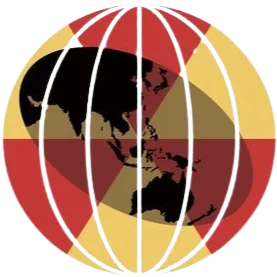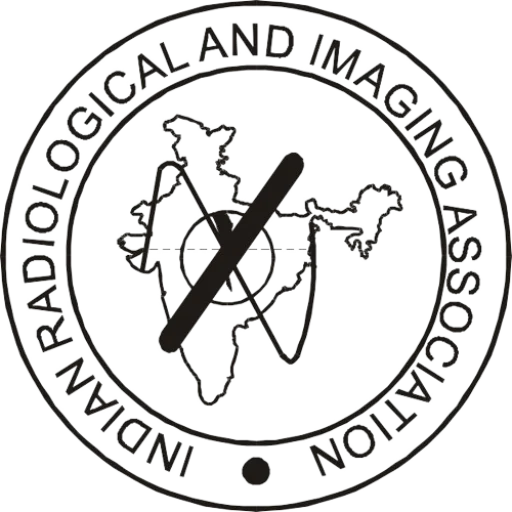| 1 |
Diagnostic Neuroimaging |
NED |
| 2 |
Neuro-Interventional Radiology |
NIR |
| 3 |
Head & Neck Imaging |
HNI |
| 4 |
Chest Imaging |
CHE |
| 5 |
Breast Imaging |
BRE |
| 6 |
Cardiovascular Imaging |
CVS |
| 7 |
Gastrointestinal Imaging |
GIT |
| 8 |
Hepato-biliary & Pancreatic Imaging |
HBP |
| 9 |
Genitourinary Imaging (Urinary Tract & Male genital tract) |
GUI |
| 10 |
Gynecological imaging |
GYN |
| 11 |
Fetal imaging |
FET |
| 12 |
Spine imaging |
SPN |
| 13 |
Musculoskeletal Imaging |
MSK |
| 14 |
Paediatric Imaging |
PED |
| 15 |
Interventional Radiology – Non-vascular |
IRN |
| 16 |
Interventional Radiology – Vascular (body) |
IRV |
| 17 |
Emergency & Trauma Imaging |
EMR |
| 18 |
Oncological Imaging |
ONC |
| 19 |
Transplant imaging & interventional Radiology |
TXI |
| 20 |
Artificial Intelligence |
AIQ |
| 21 |
Radiography, Imaging Technology, Radiation safety & Physics |
RIT |
| 22 |
Molecular Imaging & Radiomics |
MOL |
| 23 |
Miscellaneous - Radiology education, management, informatics, newer devices, new
innovation/ technique, accreditation, quality, recent advances etc. |
OTH |



